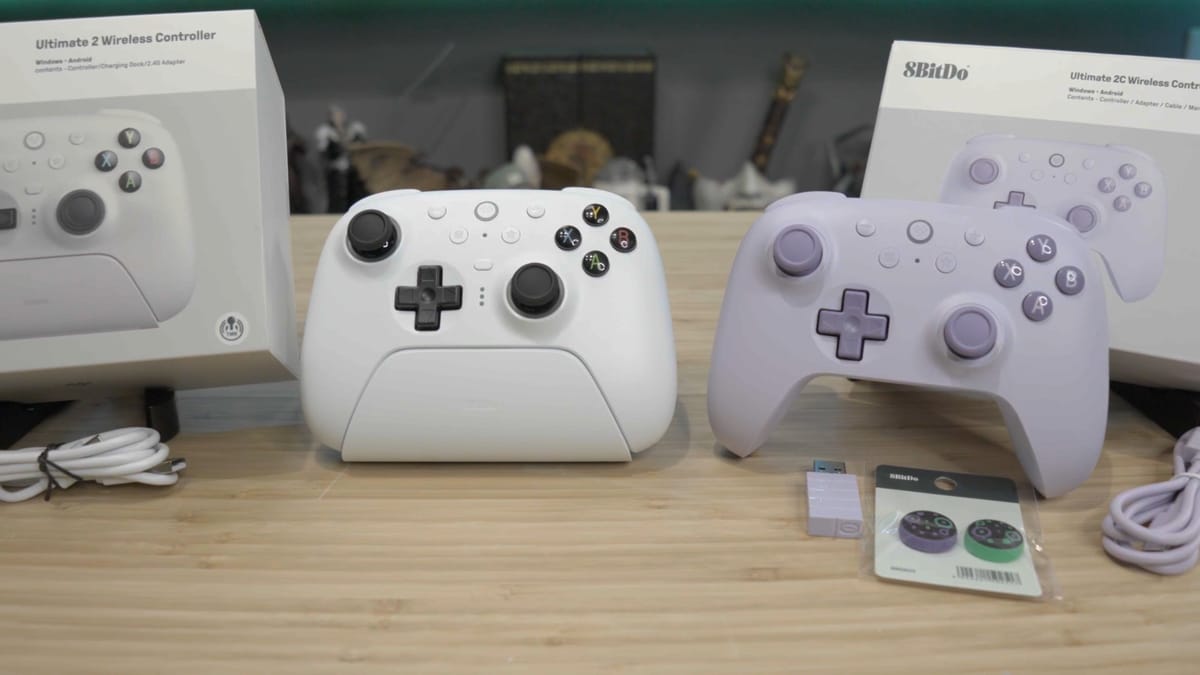
If you’re my age you remember going to a friend’s house and ending up with the weird third-party second controller. They never quite worked as well as the first party one, giving you a handicap before the game even started. Fast forward to today and some manufacturers are delivering controllers with features and functionality that exceeds even the first party models. One such manufacturer is 8BitDo, and today we’re going to take a look at a pair of controllers - the 8BitDo Ultimate 2 Bluetooth Controller, and 8BitDo Ultimate 2 Bluetooth 2C Controller.
Opening the box we’re greeted by the controller in a protective bag with a handful of plastic protectors over the glossy bits. Taking a look around the controller you’d be forgiven for mistaking it for a first party one from a distance. Underneath that is the charging dock. Flipping underneath you’ll find a small compartment containing the upgraded 2.4 Ghz USB-C adapter. When the controller comes off the charging base it almost instantaneously reconnects thanks to this little guy so don’t lose it. What’s great is that it can function from within the dock if you’re using a USB-A connection to your PC - no need to double dip.
The quickstart card goes over the two modes – there’s a small switch on the back of the controller to switch between them. That lets you flip to either Bluetooth or 2.4 Ghz mode, as well as how to pair them. There’s even information on how to pair this with your phone if you’re so inclined. Better still, this little guy is Switch 2 compatible! We’ll come back to that.

Heading into the software you can see that any updates for firmware are accomplished here. Once you’ve set your profile you are free to map every button on the controller to do whatever you’d like it to. The next tab over is macros for when you want to dive in even deeper, recording specific actions to a button press. The stick tab is a great way to ensure your sticks are calibrated, but these are Hall Effect switches, so I’m going to venture to guess you won’t need it. The Trigger tab is the same – you can see the full range here but these are also Hall Effect. Vibration tests the left and right rumble functions in the controller, also allowing you to tune intensity. RGB is all of the lighting and that’s going to need a deeper dive.
I can call these Hall Effect, and that's technically true, but more accurately these are TMR. TMR, or Tunneling Magnetoresistance, is the next generation of contactless magnetic sensing mechanisms. These are built with a far higher resolution (12-bit or 4,096 levels of capture vs. 10-bit or 1024 positions for Hall effect), not only providing even more fluid motion, but also precision and responsiveness. Even better, they use significantly less power, adding hours to your battery life for a wireless controller. There are no parts to wear out, no dead zones, and have far more tuneable stick curves – there's nothing but upsides here.

More than just lights, 8BitDo is calling these Interactive light tracing. If you enable it you'll get a bit of feedback on your interaction. Button presses register with a light flash, circle motions show as a circle around the stick, and gradual trigger pulls or bumper presses also register. Every button is programmable in the software, so you can choose how you'd like lighting mapped, as well as what colors. There's even hex code support if you want to get very, very specific. It’s a cool effect, makes the controller unique, and gives folks a visual if you’re competing and a camera is on your hands – great for events like EVO.
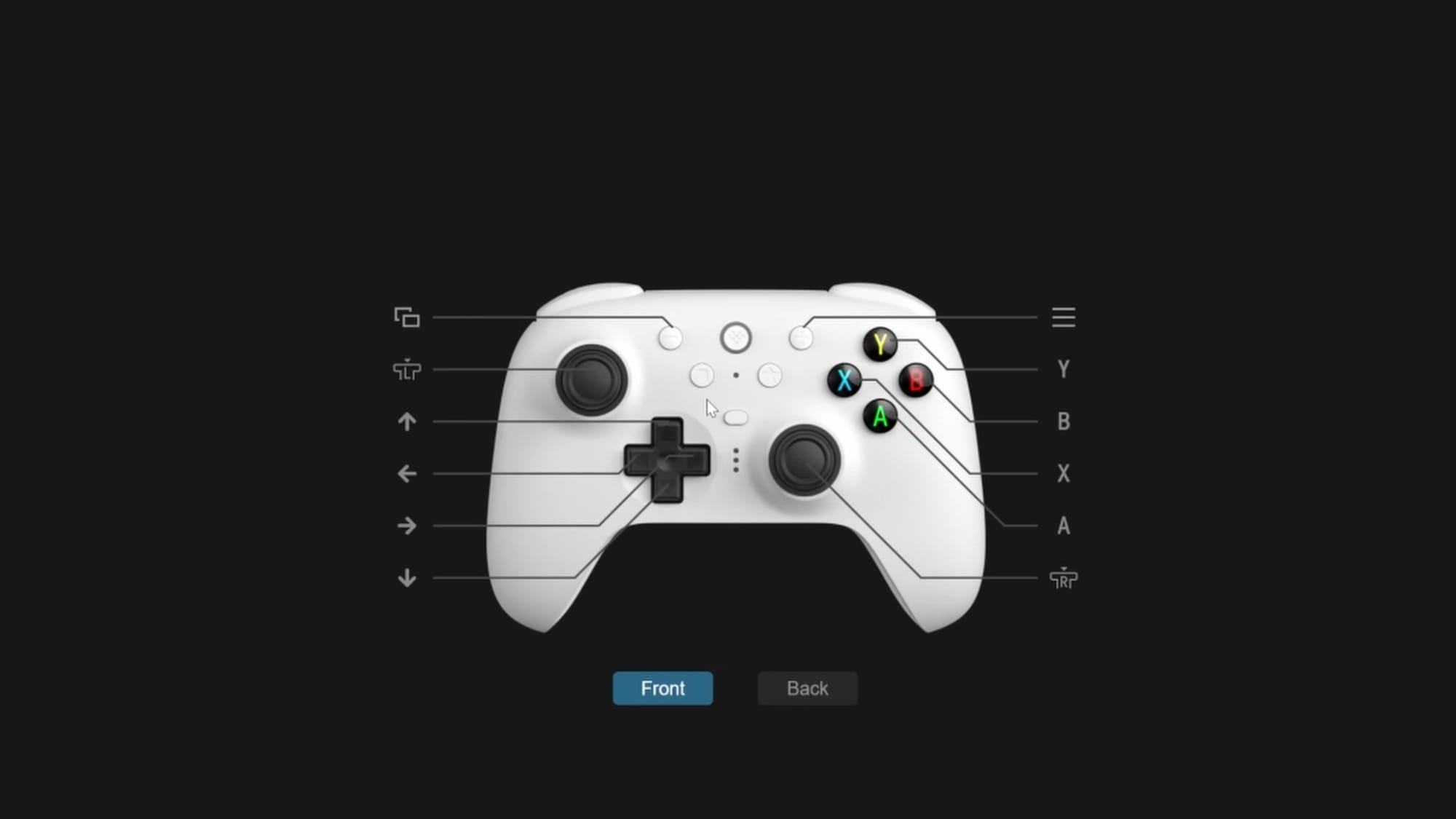
Back in the software, the last tab is Motion, and that brings us back to the Switch 2. You can’t have a Switch or Switch 2 controller that doesn’t support motion – it has to have the same functionality as the Pro, right? Well, here you go. Very few systems or games outside of Nintendo support this, but I’m sure those of you emulating older hardware can think of some good uses outside of the aforementioned Switch and Switch 2 support. The only thing missing here is the NFC Amiibo support, and frankly when we talk about price you’ll forget all about that.

Flipping to the back for a much closer look you can see two small paddles and two small switches. These switches are trigger locks. These limit the travel for the triggers, making a short pull react as if it was a full pull. When milliseconds matter, this might be your go-to, whereas when you’re using the trigger as a gas pedal or throttle, you probably want the whole range. The paddles underneath are pro-controller territory, giving you two additional buttons accessible without lifting your fingers.
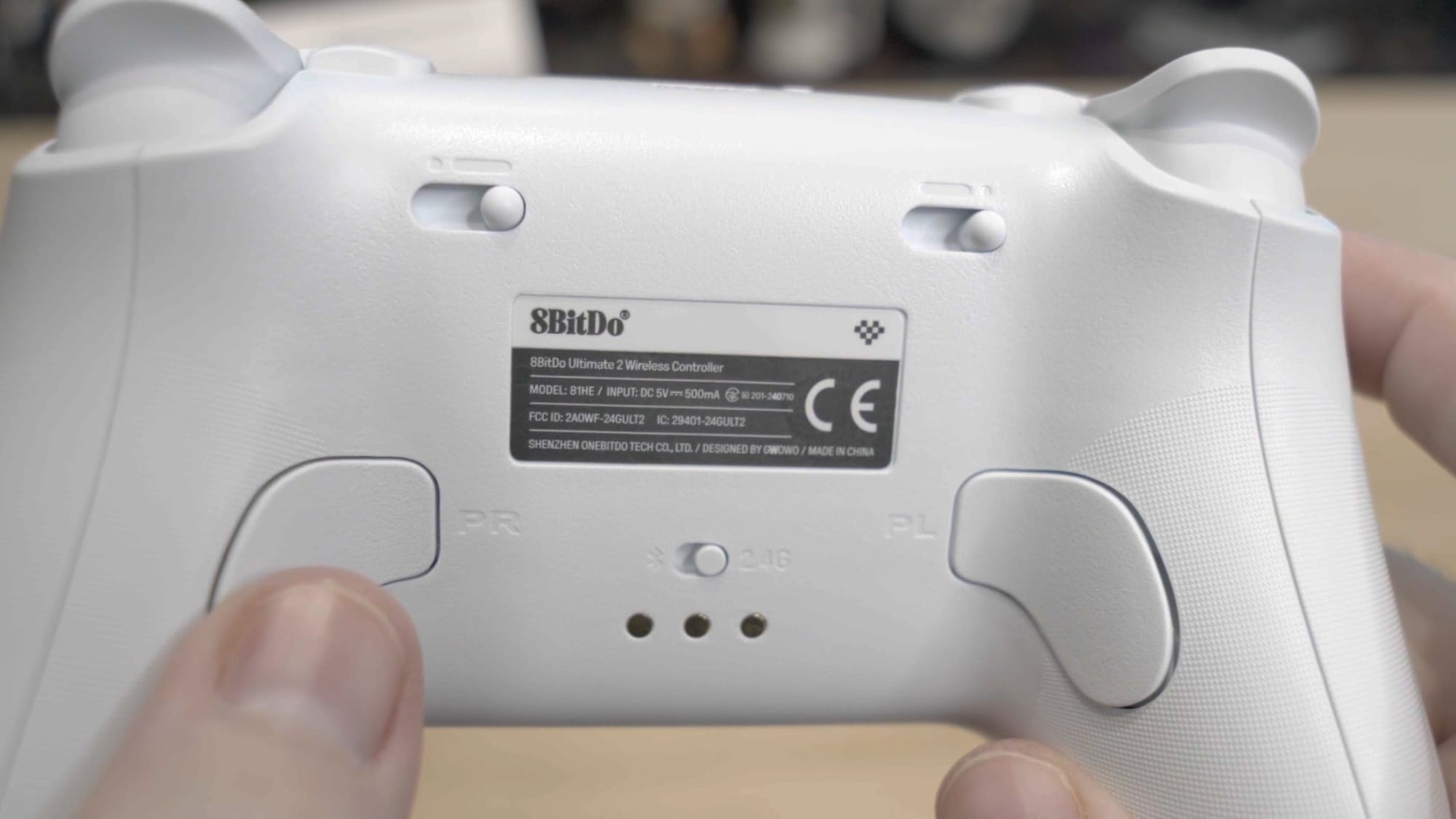
In practice, this thing is my new go-to, replacing a long parade of controllers with wonky connectivity, mushy buttons, or worse. Yes, there are controllers in the triple digit price range that will beat this one, but the 8BitDo Ultimate 2 Bluetooth Controller with a dock is somewhere between $52 (the current price at time of recording) and $62, depending on a sale. That’s still less than a third party controller you’d have to charge with a cable, and with less features! You’d have enough money left over to buy a swanky carrying clamshell case – 8bitDo makes a few super cool ones of these too. There are a ton of options for colors and patterns, I just happened to choose white because it looks awesome, but it seems like every day there’s a new one that catches my eye. The new 40th anniversary Nintendo one is especially alluring.
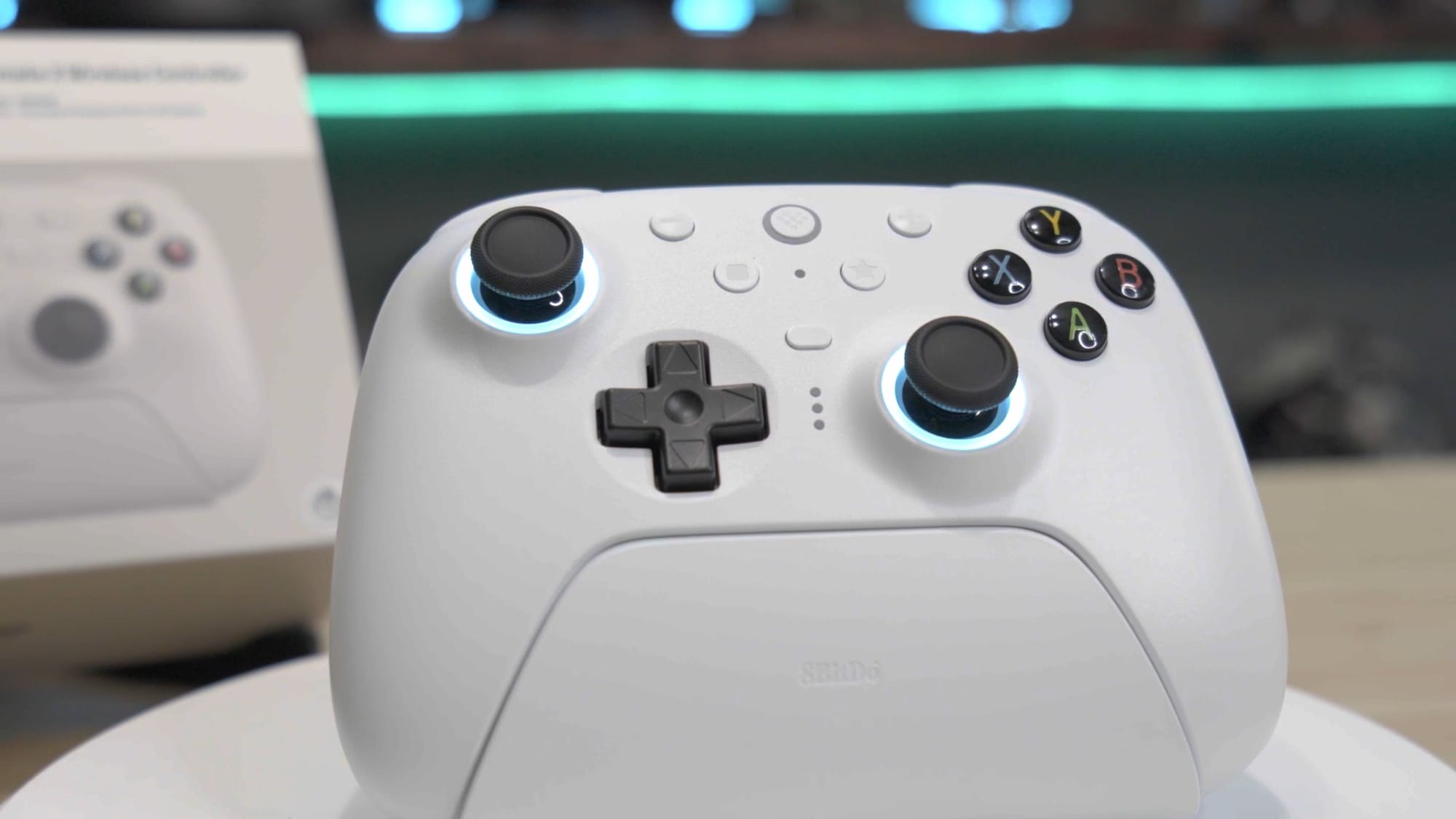
If you don’t want the dock and maybe want to save even more money, let’s take a closer look at the 8BitDo Ultimate 2C. If you’re thinking this is going to strip back to just the controller, I’ve got some news for you. Inside the box is the controller, yes, but also a pair of little rubber stick grips – a nice pack-in if you’re into that sort of thing. These kinda remind me of glyphs from Legend of Zelda. Also in the box is the USB-C dongle, which you’ll need for 2.4Ghz, only this time there’s no dock. Naturally there’s also a charging cable – USB-A to USB-C, though it’s worth pointing out that it matches the controller itself – a nice touch.

There are a lot more features in common with the bigger brother, but you can plainly see that you’re dropping the trigger locks, Interactive Light Tracing, and under the hood, the 6-axis motion control. That means you won’t be using this for motion, but you can still use it as a controller on the Switch 2 if you aren’t using those functions. That said, it still holds onto the things that really matter -- 1000 Hz polling rate, hall effect triggers and sticks, custom mapping for buttons, rumble, improved D-pad, and a speed to connect that is shockingly fast.
Pricing on these is a remarkably low $24.99. Even those cheap junk controllers we got handed as a kid cost more than that! For this level of quality, that’s just a steal by any measure. These end up with about 25 to 30 hours of battery life, so plug em in every other day.
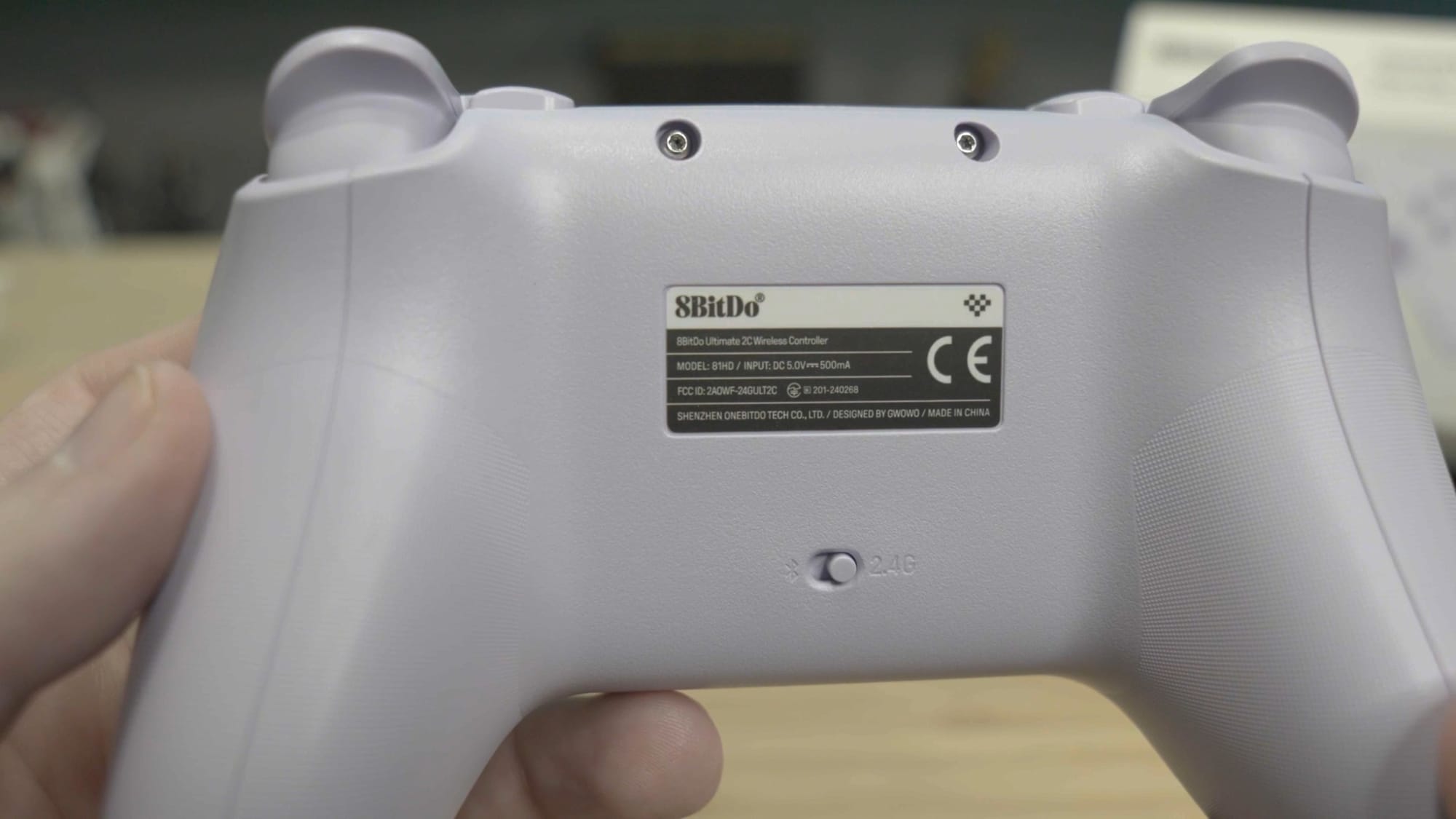
As somebody who has been using 8BitDo since back when they first started shipping their NES and SNES reproductions (and let me tell you, that is the ONLY way to play retro Nintendo as far as I’m concerned), it comes as no surprise to me that this newest iteration of the Ultimate controllers are every bit as comfortable and feature-rich as the first party. Ok, maybe you still buy the cheaper one for your kids, but the fact that both of these are options that are every bit as good, if not better, than the first party choices is a feather in 8BitDo’s cap.
That makes both of these an easy recommendation in my book. If I’m choosing, it’s the one with the dock every time. They will line up more cleanly, keeping the space free of controller clutter, and stay charged on top of all that. I didn’t think 8BitDo could improve on the previous Ultimate line of controllers, but they continue to find a way, and at a price that can only be called very aggressive.
Are you solving the 2nd player problem with a first party controller, or are you rocking something like the 8BitDo's controllers for your guests? Let us know in the comments!
